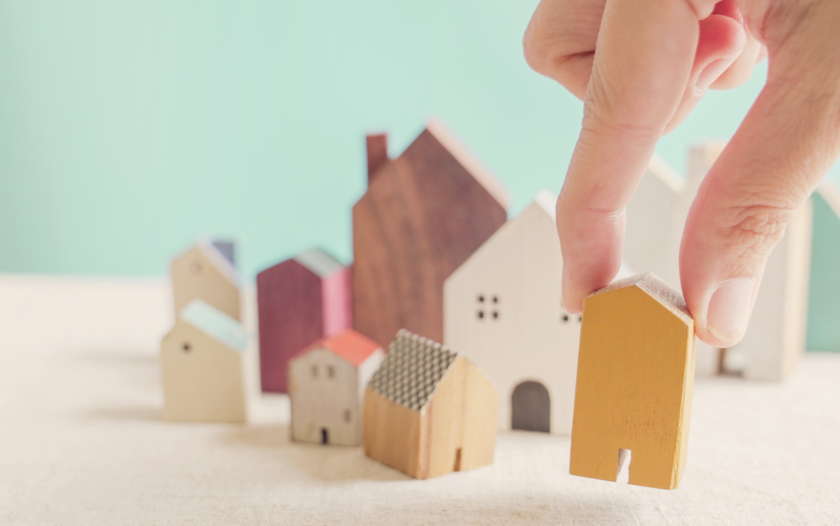How to Start Saving for a House in Your 20s
About Megan
Megan Brame is a five-time award-winning content strategist whose content centers around helping others develop a better understanding of finance and marketing. Her website is https://bramecreative.com
Read full bio
At a Glance
You don’t have to wait until you’re in your thirties to start saving for a house. In fact, now might be the best time to start. Here are some tips to help you get started.
Step 1: Figure out how much house you can afford
Figure out how much house you can afford by doing some research on median home prices in your area and budgeting for:
- A 30% down payment
- Monthly mortgage payments
- Property taxes
- Insurance
- Utilities
- Home repairs
These probably seem like many things to budget for before you’ve even started looking at houses, but knowing what costs you’ll be responsible for will help you better understand what kind of house you can afford.
Step 2: Start putting money away for your down payment
Lenders typically expect a 30% down payment for a mortgage which is a significant chunk of money! Luckily, you have a few means of accruing that five-figure deposit faster than you think.
- Use compound interest
- Invest in stable mutual funds, REITs, or ETFs. They may not be as sexy as meme stocks or crypto, but you have a higher chance of turning a profit and not ending up ultimately broke because of *gestures broadly at /r/wallstreetbets*
- Automate your savings. If you get a regular paycheck, chances are your payroll department can set up an automatic deposit of a portion of your pay into a savings account. This way, you won’t even have to think about it, and the money will be working hard for you while you focus on your goals.
Step 3: Change the way you spend money
Financial goal-setting means altering the way you spend money to reach your goal. If you want to own a home quickly, you will need to make sacrifices now for the greater good.
Break your expenses into categories. Are you spending more on food than you need? Do you spend more on clothes than you need? Are you blowing your savings on nights out or unnecessary gadgets?
Once you have a better idea of where your money is going, it’s time to start reining in the spending. Cut back on unnecessary luxuries and focus on necessities. You’ll be surprised at how much this can save you in the long run and can shave off years of waiting to buy your first house.
Related: How Young Americans Feel About Their Financial State
Step 4: Build your credit score
Building a good credit score is important for many reasons, including getting a competitive interest rate on your mortgage or loan that can save you thousands.
There are a few things you can do to help improve your credit score. First, understand how credit scores are tabulated. Your FICO® score is based on five categories, and each affects your score differently.
- The number of on-time payments. Your payment history accounts for 35% of your total score and is the most significant factor in your credit report. Make it your top priority to always pay your bills on time.
- Utilization rate. Your utilization rate is the amount of debt you carry on credit cards over the total available credit you have and accounts for 30% of your total score. The best credit scores typically have a utilization rate of 10% or less.
- Length of credit. This category reflects how well you’ve handled your debt and how likely you will repay your loans. Lenders want to see you have a good history of managing debt responsibly. However, don’t worry too much if you’re just starting to build your credit; this metric only accounts for 15% of your score.
- New credit inquiries. This is the number of times you’ve applied for a loan or credit within the past three years and is 10% of your total score.
- Credit mix. The best credit scores have a history of different types of loans and credit. Again, don’t worry too much if you only have student loans or only credit cards since this counts for only 10% of your total score.
Related: How to Build and Improve Your Credit
Bottom line
It’s never too early to start saving for a house. Follow these steps and feel free to use Credello’s collection of calculators and guides for responsibly managing your money, and you’ll be on your way to homeownership in no time.









